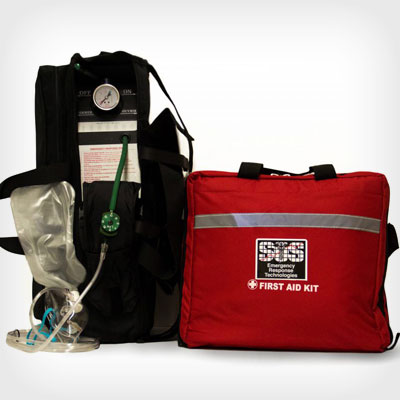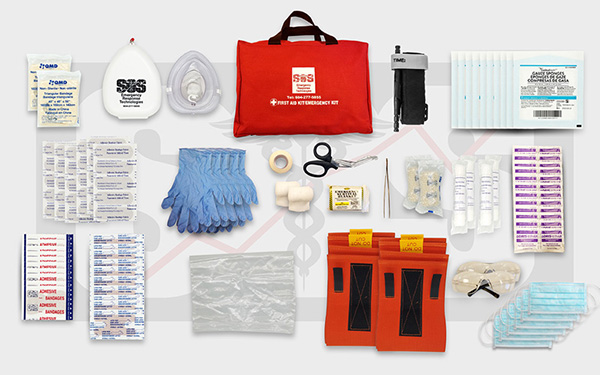
Blog
Province regulations specify minimum requirements that employers must meet and the contents of the first aid kit at work should be guided by the first aid needs assessment completed by your OHS team. Your OHS department knows the workplace better than anybody else and site-specific assessments should be regularly conducted to identify potential hazards that employees are exposed to at the place of work. This hazard assessment will identify the individual needs of the workers in order to choose a first aid kit that not only meets provincial requirements but one that can properly handle the most likely problems to occur. Looking for a more robust or custom first aid kit? Contact us today and one of our knowledgeable team members will work with you from beginning to end to make sure you have everything you need. Keep your first aid well-stocked with extra supplies at all times: You never know when a disaster or crisis will hit.
Items I like to make sure to add to my first aid kit:
- Large gauze pads are easier to cut down to size than trying to make smaller pads fit over a large wound. If you can only choose one size pad, go for the larger size such as a 4″ x 4.”
- Non-stick dressings would be a good idea, otherwise the bandage will have a tendency to stick to the wound and this makes dressing changes difficult.
- Waterproof dressings can come in handy, as they can be used over clean skin and are flexible enough for camping and hiking activities
- Emergency blanket – besides being used as a blanket, it can be used for shelter and the fluorescent orange/shiny silver can help attract attention.
Always go for branded items and make sure you check the expiration date of all available first-aid items with you. The most useful items in a first aid kit are gauze, gauze pads, ice packs, steri-strips, butterfly bandages, ace bandages, slings, splints, and glucose for diabetic situations.
Click here to see our line of First Aid Kits
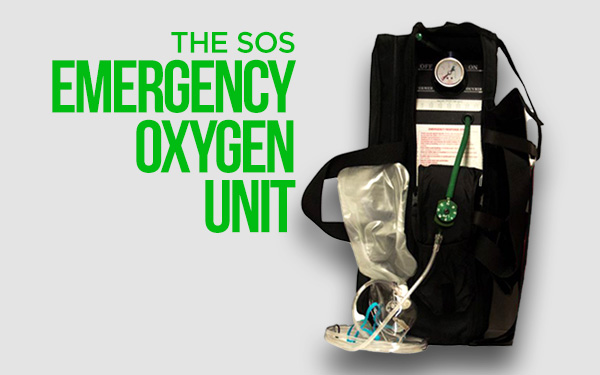
Uncategorised, Blog
While emergency oxygen may not mandatory in the workplace; when EMS first responders arrive at a major event the first thing they do is give oxygen. Having emergency oxygen on hand prepares you to turn an life altering emergency event into a lifesaving situation.
In the case of a heart attack and/or stroke the heart muscle does not receive blood and therefore, is not receiving any oxygen. If efforts are made early in the course of a heart attack to increase the amount of oxygen reaching the heart, then the patient’s chances of surviving increase. By supplying the patient with supplemental oxygen we can increase their chance of survival and quick recovery.
FACT: During an emergency, lay rescuers need a simple straightforward design in order to minimize the time necessary to start life-saving oxygen therapy. As the regulator is the main user interface it is important that is be as user friendly as possible.
FACT: SOS Emergency Response Technologies has the ONLY portable emergency oxygen unit with a two stage regulator. It’s like having two oxygen regulators in one unit:
- Dependable
- Safe
- Accurate
- Superb performance
- Reliable
A primary factor to consider before implementing an oxygen program in the workplace is the cost of the equipment, training and service versus the cost of the human factor. Other factors to consider include the possibility of decreased sick time post injury/illness and enhanced employee to employee relations due to health and safety improvement.
Bottom line – emergency oxygen should be available in any safety conscious workplace – a life may depend on it.
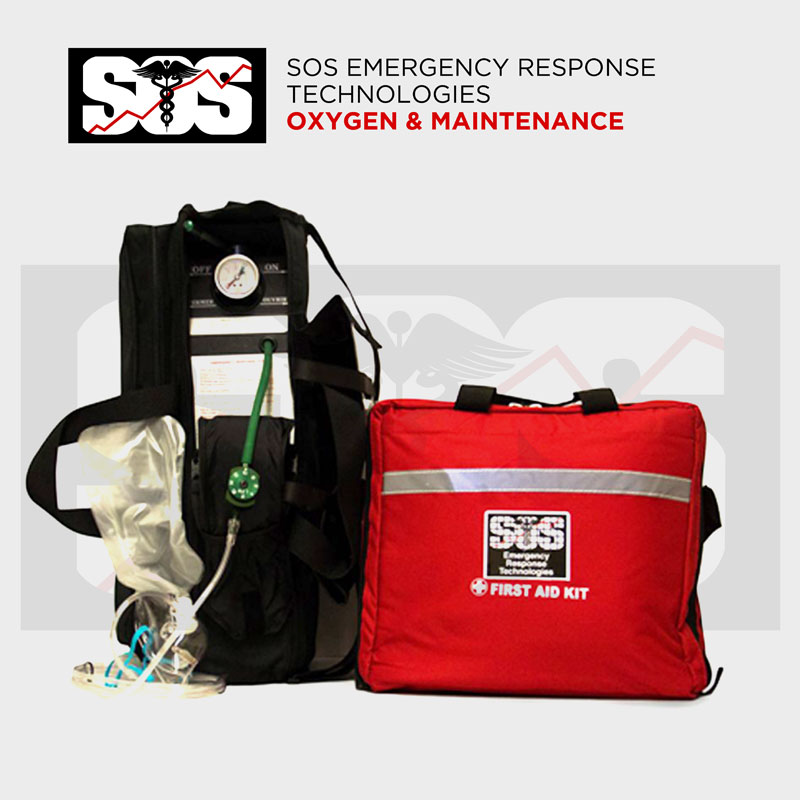
Blog

NAOSH Week’s goal is to focus employers, employees, partners and the public on the importance of preventing injury and illness in the workplace, at home and in the community. The success of NAOSH Week is rooted in a community–based approach. Across the country, NAOSH Week events and activities are coordinated by local, provincial and/or regional committees, comprised primarily of volunteers, who share a focus and vision of safer workplaces and communities. Partnerships with government, business, suppliers, CSSE Chapters, community health organizations and other safety groups provide the support, resources and network necessary to manage the NAOSH Week plans.
*taken from http://www.naosh.org/*
Here at SOS Emergency Response Technologies we are dedicated to improving the health and safety of people in all areas of their life, including work. Visit our resource pages for more information on the training and products we provide to keep your workplace a safer place. Be sure to check out:
Emergency Oxygen in the Workplace:
AED’s :
Emergency Preparedness & First Aid Kits:
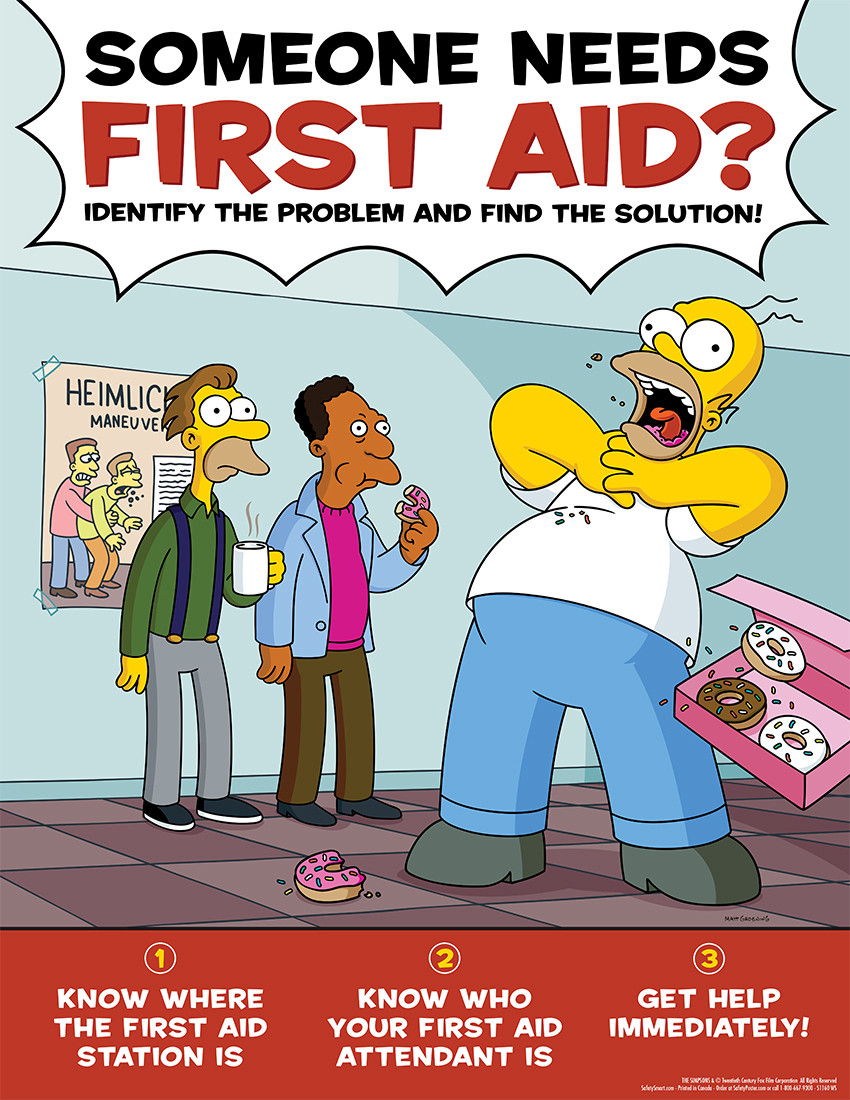
Blog
Our office recently received a phone call from a low-risk office client. As this call came from an office client, in the workplace they rarely deal with first aid calls. However, a few weeks ago an employee experienced a scenario, was white-faced, light-headed and fainted. Then things went sideways. The co-workers who witnessed the episode panicked, did not remember company first aid protocol and in error left the patient alone. Neither co-worker picked up the phone to call the company first aid attendant. Instead, each went looking for the attendant, and as a result, the patient was alone for up to 5 minutes. When the attendant arrived on site with the SOS oxygen unit and first aid kit, he/she directed a staff member to call 911. However, additional time was lost as the first aid room (where the oxygen unit and kit were kept) were in the opposite direction of the first aid scenario. The staff member that was asked to call 911 froze – this occurred two more times. Several more response minutes were lost. Finally, a co-worker responded and left the area to call 911. However, the caller now had “no eyes” on the scenario and was unable to answer questions that the 911 operator was asking. In addition, the employee on the phone with 911 did not know or couldn’t remember the address of the building.
After de-briefing the client, I reassured them that the response from staff was not uncommon and there were a three simple things that could be put in place in the workplace to improve the response to future first aid scenarios.
- Once a month practice first aid scenarios with staff. Ex. simply have a co-worker lie on the floor and have other staff members practicing calling the first aid attendant and 911. Walk through the steps on a regular basis so the responses become second nature
- In addition to having a SOS oxygen unit in the first aid room, it is beneficial for the first aid attendant to have one and a first aid kit as his/her desk, so that they have the required equipment to respond quickly
- Label each phone in the workplace with at minimum the address and phone number of the workplace; if there is more room list the workplace first aid protocol



